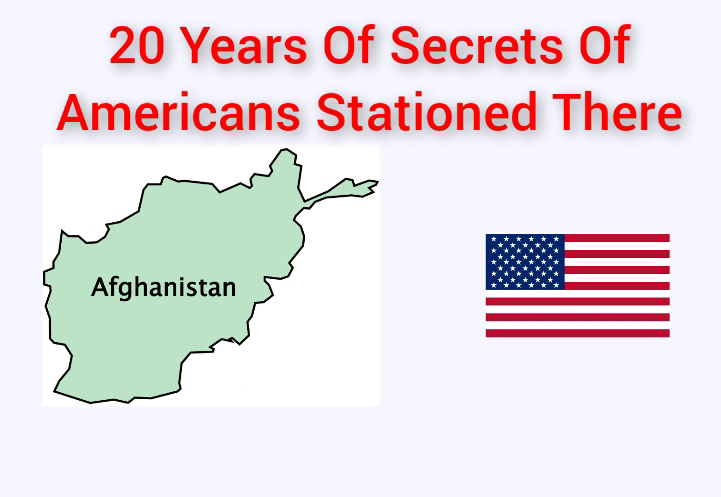SHADOW COMMIT

Modern software systems are built less on original code than on layers of inherited trust. Every npm install, every automated dependency update, every green checkmark on a signed commit is a quiet act of belief that someone else—often unknown, often unseen—did the right thing. Shadow Commit explores the fragility of that belief. Framed as a technical noir, the story is not about a spectacular breach or a dramatic exploit, but about how trust itself becomes the attack surface. Through the experience of Maya Fernandes, a lead backend engineer, the narrative exposes how supply chains, cryptographic assurances, and human shortcuts intersect to create failures that no firewall can stop. 1. Diff View City A. Maya Fernandes — Lead Backend Engineer The city glowed like a diff view from the forty-second floor—red taillights, green signals, mistakes and approvals layered into the night. Maya pushed a minor patch: a pagination fix, a timeout tweak, nothing that should even ripple a me...





